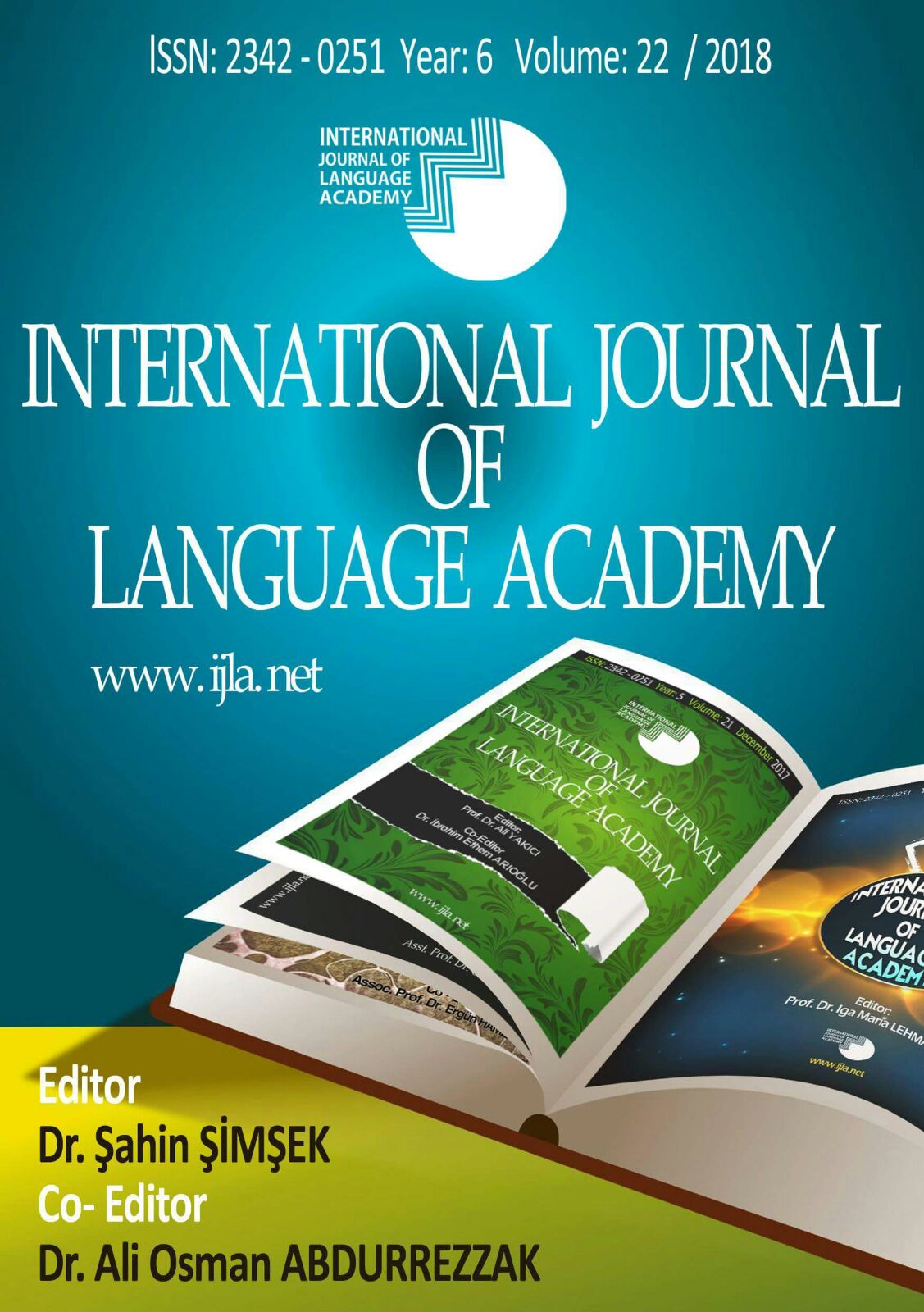Author :
Abstract
Bu çalışma, Alman edebiyatının önde gelen yazarlarından Kafka’nın “Dönüşüm” öyküsünü eser odaklı bir yaklaşımla Jung psikanalizi çerçevesinde mercek altına almaktadır. Çalışmanın odak noktasındaki öyküyü bu perspektiften okunmaya elverişli kılan, öykünün odak noktasındaki hamamböceğinin bir zırh işlevine sahip olan böcek kabuğunun çatlaması ve içerideki beyaz maddenin dışarıya taşmasıyla başlayacak yeni bir varoluş kapısının aralanmasıdır. Bu çalışmanın amacı da bu benliğin dönüşümü motifini ve bu çatlaktan sızan bilinçdışı elementini derinlemesine çözümlemektir. Bu nedenle çalışmanın giriş bölümünde mitler ve onların Freudyen ve Jungçu perspektifteki izdüşümleri ele alınacaktır. Bunun ardından düşleri tamamlayıcı bilinçaltının kolektif sembolleri olarak gören Jung’un ereksel görüşü çerçevesinde mitoloji ile düşlerin ortak diline ulaşılacaktır. Bunun için Adem’in yasak meyveyi yediği ilk günah mitine kadar geriye gidilecektir. Düşlerin mitolojiyle olan ilişkisinin tespitinden sonra, Jung’un dört arketipi olan persona, self, gölge, anima/animusa kısaca ele alınacaktır ve edebiyat eserlerindeki bu arketipik unsurlara değinilecektir. Yılan tarafından baştan çıkarılarak yasak meyveyi yiyen Adem’in cennetten kovulmasından, Daphne-Apollon, Syrix-Pan ilişkisine, Kurbağa Prens masalından Hesse’in “Bozkırkurdu”na ve Ağaoğlu’nun “Kozalar”ına kadar örnek edebi eserlerdeki arketipsel döngü tespit edilecektir. Gölgesinden bir veba gibi kaçan psişenin adım adım nasıl anima/animusuna yaklaştığını resmeden bu örnek eserlerde Jung’un mandalasına uzanan yolun izinden gidilecektir. Örnek eser incelemelerinin ardından çalışmanın odak noktasındaki Kafka’nın “Dönüşüm”ü psikomitolojik derinliğiyle ele alınacaktır ve ana karakter Gregor’un böceğe dönüşümü, Mısır mitolojisindeki bok böceklerinin doğuş teması ile ilişkilendirilecektir. Çalışmanın sonucunda Gregor’un elma darbesi ile yarılmış kabuk benliğinin ardında can vermesi ile başlayan yeni bir varoluş serüvenine çıktığı, animasını doğurmak üzere öldüğü kanıtlanmaya çalışılacaktır.
Keywords
Abstract
This work oriented study focuses on the analysis of the novel “Metamorphosis” by Kafka with the method of Jungian psychoanalysis. This method is necessary to understand the appearence of a new existence form through a crack in the armor-like shell of the cockroach in “Metamorphosis”. Thus, a key component in this study is the metamorphosis motif and penetration of a deep element of the unconscious through this crack. Therefore the first part of the study deals with the myths and their projections in the Freudian and Jungian perspectives. After that, we are going to discover the common psychic structure of myths and dreams in Jung’s teleological thinking. Therefore, it is indispensable to date from the ancestral sin stemming from Adam eating the forbidden fruit. And after understanding the relation of dreams to the myths, we are going to outline the four Jungian archetypes, the Persona, the Self, the Shadow and the Anima/the Animus and their reflections in literary works. In the context of the archetypical circle we are going to read the fall of Adam from Heaven, relationships betwenn Daphne and Apollo, and Syrix and Pan, “The Frog King”, “Steppenwolf” by Hesse and “Kozalar” by Ağaoğlu. In these sample works reflecting how psyche avoides its Shadow like the plague and how it aprroaches its Anima/Animus we are going to follow the way to Jung’s mandala. After this research we are trying to examine psychomythological dimension of “Metamorphosis” by Kafka, by associating the transformation of the main character Gregor to a cockroach with the theme of birth about cockroaches in Egyptian Mythology. At the end of this study we conclude that Gregor’s crustacean personality cracked with an apple thrown at his flesh causes his death; in other words as a Shadow he dies, to be reborn as an Anima.





